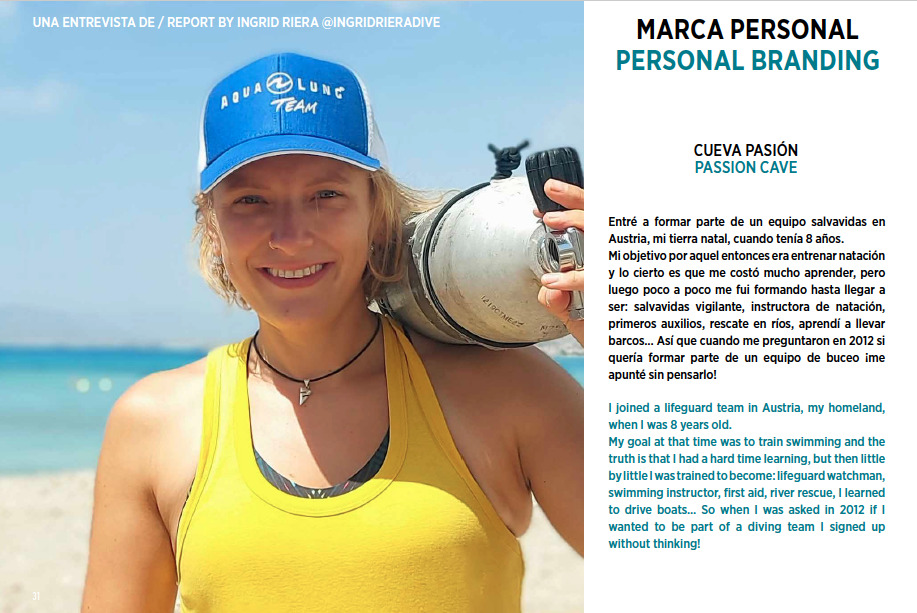While on Lanzarote I got the chance to join a boat with the Angel Shark Project Team on La Graciosa island, trying to find Angelsharks so they can tag, track and study the rare species.
What are Angelsharks?
The angel shark family is the second most threatened family of sharks and ray in the world. These species are susceptible to the combined impacts of fishing and habitat degradation, due to their coastal location and biology (large, flat-bodied animals with low reproduction rates).
Three species of angel shark were once widespread throughout the Eastern Atlantic and Mediterranean Sea (Angelshark, Sawback Angelshark & Smoothback Angelshark), but following widespread decline only fragmented populations remain. Find out more about these species on the Angel Shark Conservation Network.
The Canary Islands is the unique stronghold for one species – the Angelshark (Squatina squatina) – where it is found in much greater numbers and is regularly sighted by divers and fishers.
What is the Project about?
Angelsharks are tagged underwater using a noninvasive visual T-bar anchor tag that are visible to scuba divers. On each island of the canaries, a different tag color is used. Scuba divers are then asked to report their sightings to the project.In La Graciosa they also tag with acoustic tags that track the movement of Angelsharks via a network of acoustic receivers gathering even more data.
So what did we do?
Well, first of all, this year the team managed to tag six males and two females, which is interesting because usually females are more abundant. Also one of the deep receivers could be retrieved and new turbidity sensors installed. This is a valuable study to gather information of the movements of Angelsharks around the reserve, and therefore to understand habitat use. Personally, it was very interesting to learn more about this species and their behaviour, as well as how the biologists work. And then, it’s always rewarding to dive for a cause and give back!
Pictures by Iñigo Mínguez Aranguren
If you want to know more, check out the Angel Shark Project website.
(c) Angel Shark Project Canary Islands







